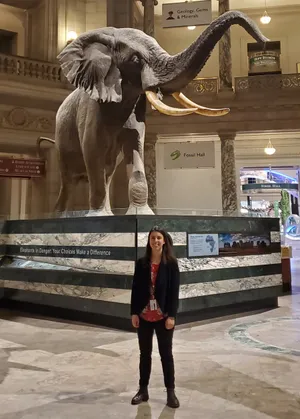NATIONAL MUSEUM OF NATURAL HISTORY
Seven Ways to Learn About Natural History From Home
Deepen your understanding of the natural world from home with these free resources.
/https://tf-cmsv2-smithsonianmag-media.s3.amazonaws.com/blogging/featured/Two_people_sitting_at_a_table.jpg)
The Smithsonian’s museums may be closed in the wake of COVID-19, but you can still learn about natural history from your home. The National Museum of Natural History offers digital resources for students, teachers, parents and science-enthusiasts alike. Here are seven ways to deepen your understanding of the world around you while social distancing.
Browse the digital collections
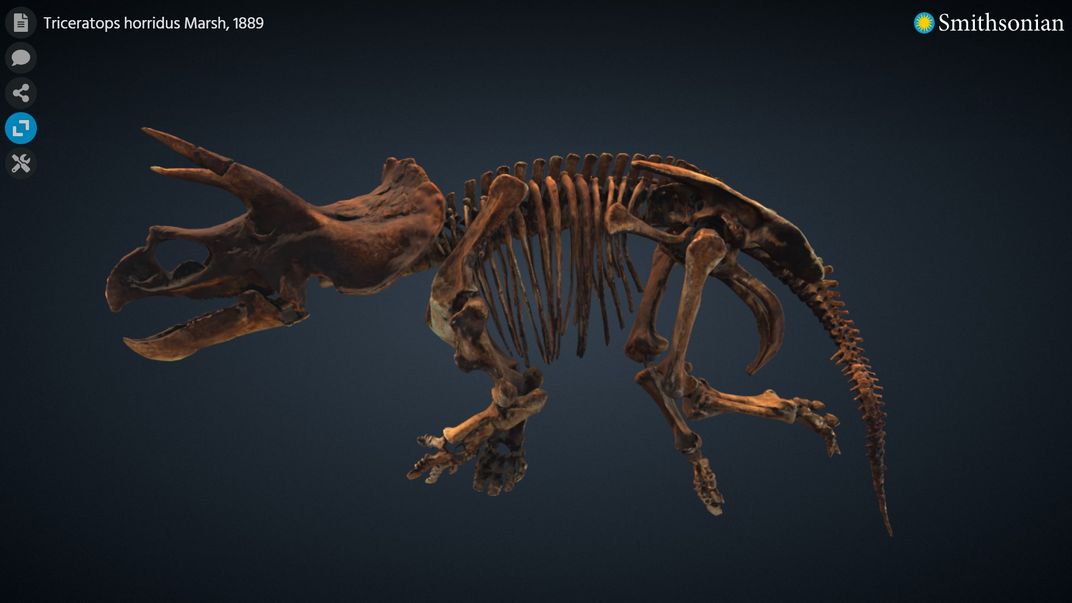
The Smithsonian released millions of images into the public domain last month, including 2.8 million artifacts and specimens from the National Museum of Natural History. You can remix, download and use these images to help learn about the natural world without leaving your house. Be sure to check out the thousands of objects also available to view in 3D.
Watch “The Doctor Is In”
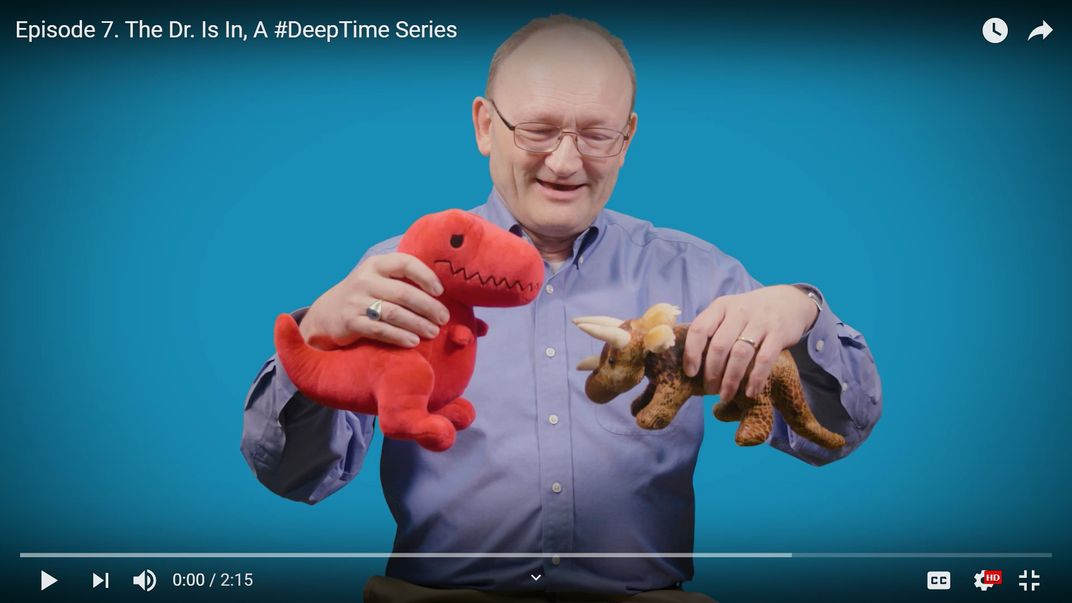
Watch Smithsonian dino-celebrity Dr. Hans Sues talk about paleontology in the YouTube series “Doctor Is In.” Sues answers a variety of audience questions, including one from Guns N’ Roses rocker Slash, and covers topics ranging from cats to government conspiracies. Keep an eye out for season two coming soon with geologist Dr. Elizabeth Cottrell.
Take a virtual tour
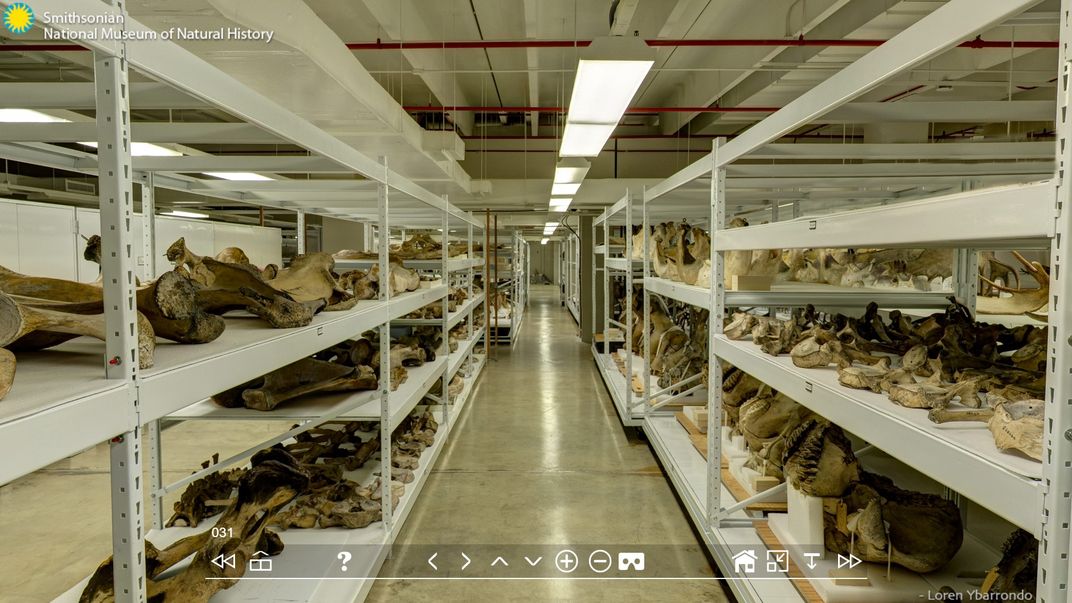
Tour the museum’s permanent, temporary and past exhibitions — including "Outbreak: Epidemics in a Connected World," which shows how epidemics spread across the world. If you want to see what’s behind the scenes, check out the Museum Support Center tour. You can see whale bones, antlers, gorilla brains, bats and more in the museum’s collections.
Visit the Ocean Portal
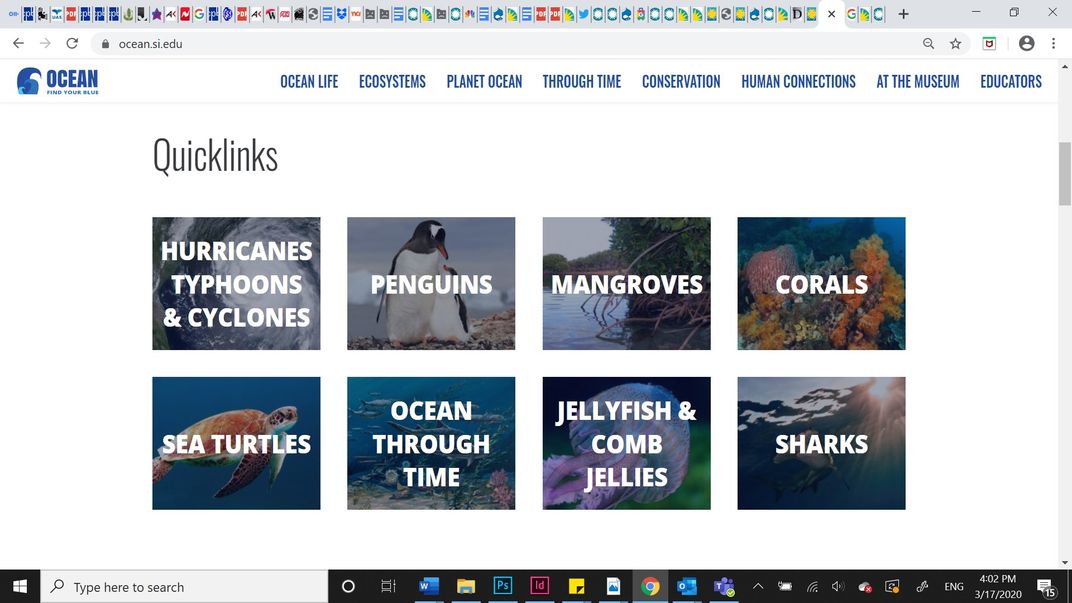
Smithsonian’s Ocean Portal is the perfect place to visit for in-depth information about anything sea-related. Explore the anatomy of a penguin, shark conservation and topics like climate change and hurricanes. It’s a great resource for students and teachers who are transitioning to online learning, or for anyone interested in learning more about the ocean.
Explore human origins
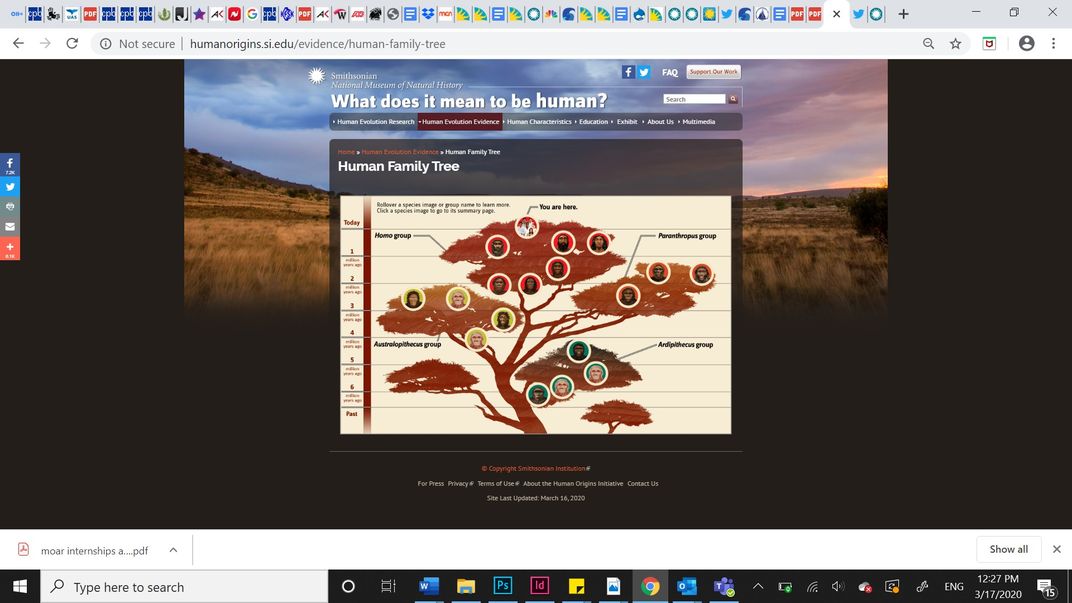
Visit the Smithsonian’s Human Origins website to explore what it means to be human and learn more about how we evolved. The site has lesson plans for teachers, 3D artifacts, videos and research from scientists at the museum.
Analyze bones
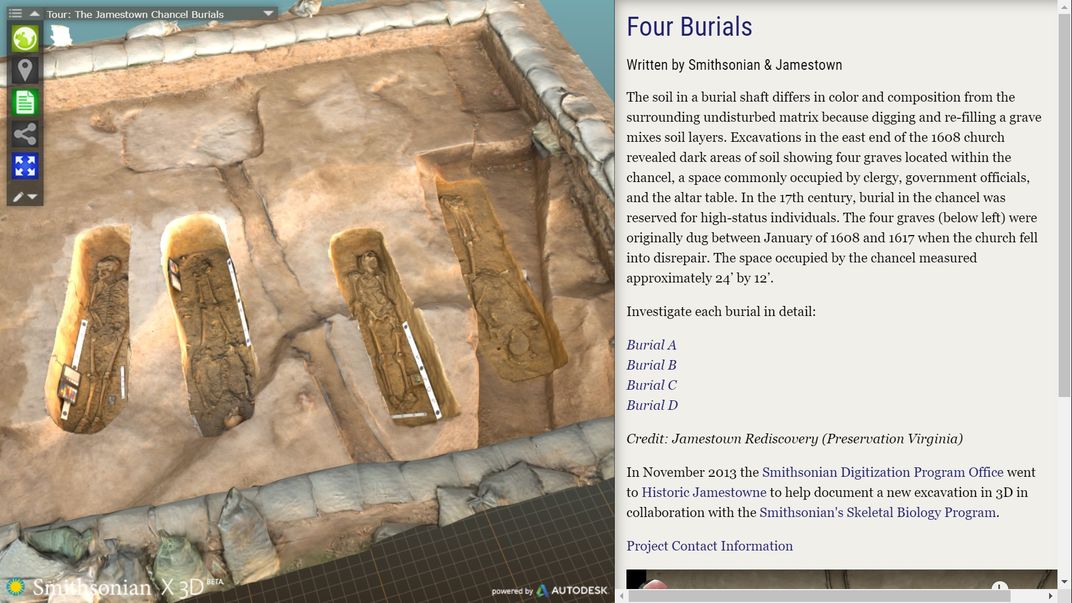
Have you ever wondered what it’s like to be a forensic anthropologist? Written in Bone shows you how to analyze human bones for clues about who they belonged to. Look at forensic case files from colonial burials in Virginia and Maryland to learn how Smithsonian scientists answer questions about life and death during colonial times. Or take a 3D tour of an excavation site in Jamestown, where scientists discovered four graves underneath the earliest known Protestant church in North America.
Learn from Smithsonian scientists
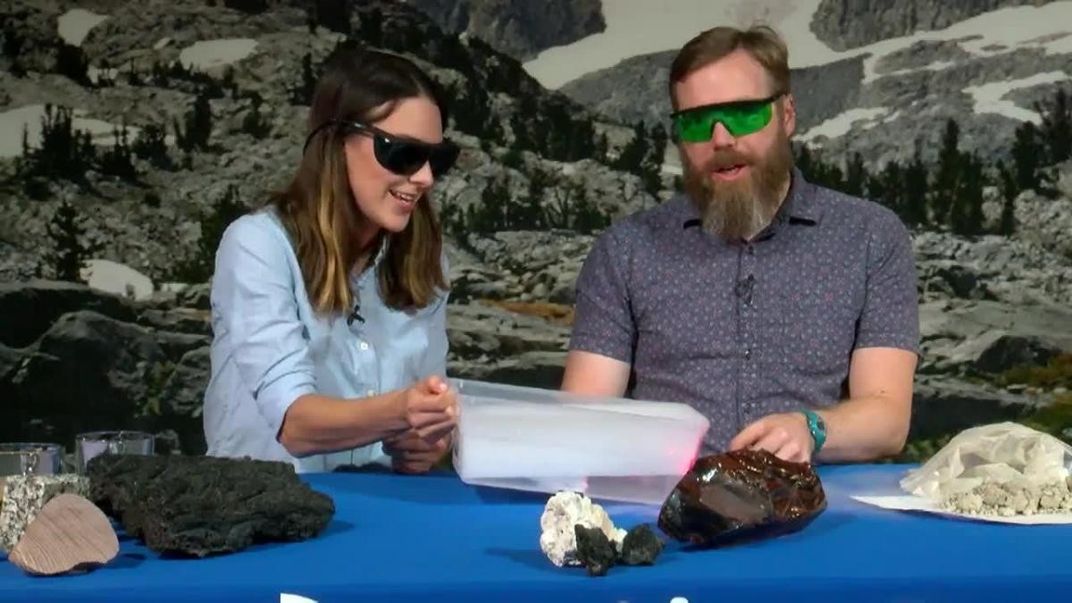
Bring Smithsonian scientists to your virtual classroom with Science How. Choose from 50 archived videos of scientists discussing topics ranging from butterfly adaptations to the natural history of cell phones. The videos include resources for teachers divided into grade levels and worksheets for students.
Use the Smithsonian Learning Lab
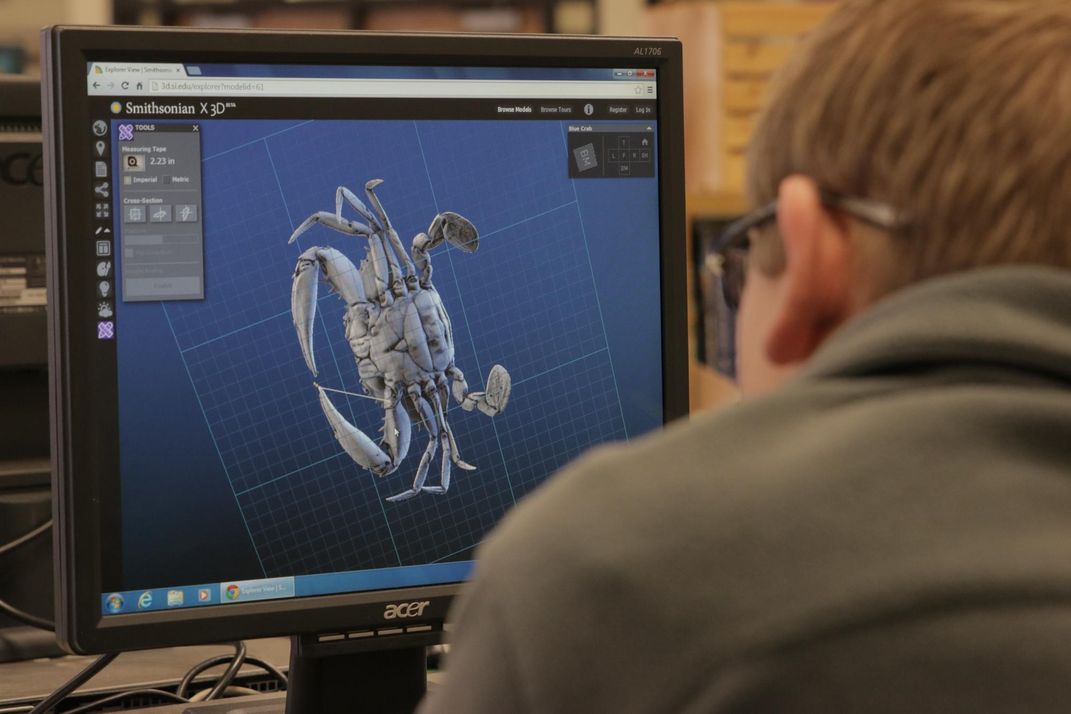
Smithsonian’s new Learning Lab is designed for distance learning to help educators while schools are closed. It allows teachers and students to explore natural history online, using collections items, videos, podcasts and text. Educators can search topics related to their curricula or aggregate their own collection of digital items.
Related stories:
Digitization Allows Public Access to Smithsonian's Hidden Collections
'One Health' Could Prevent the Next Coronavirus Outbreak
The Dr. Is In: Are Birds Dinosaurs and Other Questions From our Readers
Meet the People Leading the Fight Against Pandemics
Here's How Scientists Reconstruct Earth's Past Climates

